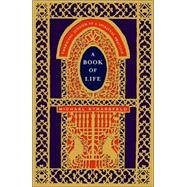For all the cycles of life -- from waking in the morning to retiring at night, from the working days of the week to the Sabbath, from the beginning of the year to its close, from birth to death -- Rabbi Michael Strassfeld presents traditional Jewish teachings as a guide to behavior and values. Where the tradition is replete with rituals (e.g., the Sabbath), he describes them and shows us how they can enrich our spiritual life. Where rituals are sparse or nonexistent (e.g., returning home and unburdening oneself of the cares of the workplace), he suggests new ones gleaned from his own study and experience.
Rabbi Strassfeld brings the principles of "insight meditation" -- a spiritual discipline based on the practice of mindfulness -- to Jewish life, showing how "mindful" observance can awaken us to life's potential and purpose by infusing the practice of Judiasm with an enhanced awareness of God, of ourselves, and of our place








